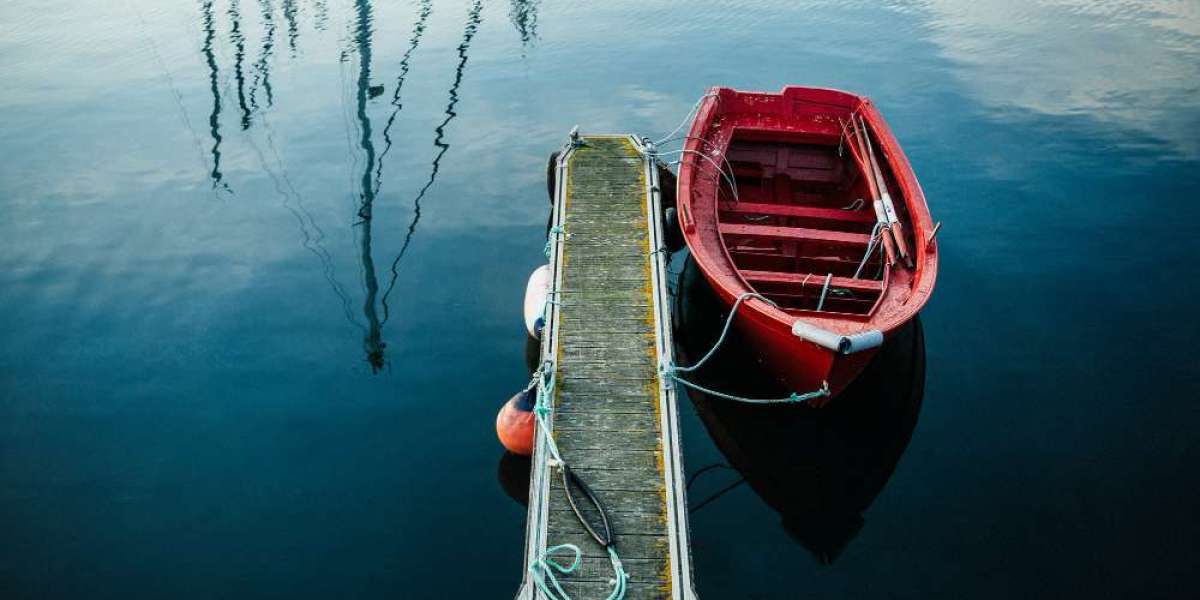The sea, with its vast expanse and unpredictable nature, has always been both a source of adventure and a potential danger to those who venture upon it. While modern ships are equipped with advanced technologies and safety protocols, maritime accidents can still occur due to weather conditions, human error, or technical malfunctions. This is where lifeboat service play an essential role in saving lives and providing immediate assistance during emergencies at sea.
In this blog, we will explore the importance of lifeboat services, the different types of lifeboats, how they operate, and why their maintenance and readiness are critical to ensuring maritime safety.
What is a Lifeboat Service?
A lifeboat service refers to the specialized services provided to rescue individuals from distress at sea. These services are typically provided by maritime rescue organizations, coastguards, and other maritime safety agencies that maintain fleets of lifeboats, rescue boats, and trained personnel ready to respond to emergencies.
Lifeboat services are responsible for:
- Search and Rescue (SAR) operations during maritime distress calls.
- Evacuations from ships in distress, such as those affected by fire, sinking, or grounding.
- Providing assistance to vessels in trouble due to mechanical failure, accidents, or adverse weather.
- Offering humanitarian aid in maritime disasters, such as medical assistance and supplies to survivors.
The Role of Lifeboats in Maritime Safety
Lifeboats are specifically designed to withstand rough seas and extreme weather conditions, ensuring that they provide a reliable means of survival in the event of an emergency. The key role of a lifeboat is to safely evacuate people from a distressed vessel to a safer location, either to another ship or back to shore.
Some of the functions of lifeboats include:
- Emergency Evacuation – In the event of a ship fire, collision, or sinking, lifeboats are deployed to evacuate passengers and crew members.
- Search and Rescue (SAR) – Lifeboats are essential tools for search and rescue teams when responding to maritime accidents or locating missing persons at sea.
- Providing Refuge – In cases where a vessel is stranded or disabled, lifeboats provide a safe refuge until help arrives.
- Transporting Victims – Lifeboats can carry victims to safety, providing essential support and transportation during evacuations.
Types of Lifeboats
There are several types of lifeboats, each designed for specific types of maritime situations. The most common types include:
Self-Propelled Lifeboats – These lifeboats can navigate on their own and are typically used to move survivors or crew members to safety without external assistance. They are often equipped with motors and are used in emergencies where a ship needs to be abandoned quickly.
Non-Self-Propelled Lifeboats – These lifeboats are typically lowered into the water from the side of the ship and are not equipped with engines. They rely on human power, oars, or currents to reach safety. These are more common on larger ships and are often used for evacuation in calm seas.
Inflatable Lifeboats – These are lightweight, inflatable boats that can be easily deployed in an emergency. They are commonly found on passenger ships, oil rigs, and fishing vessels due to their compact storage and quick deployment. They offer flexibility and can be inflated rapidly to accommodate survivors.
Rescue Boats – Smaller than traditional lifeboats, rescue boats are fast, agile, and equipped for rapid response to emergencies. They are often used by coast guards and maritime rescue teams for search and rescue operations.
How Lifeboat Services Operate
Lifeboat services are not just about the lifeboats themselves; they also involve the coordination of trained personnel, communication systems, and operational procedures. Here’s how they generally work:
Alerting and Communication – When a distress signal is received, either through radio or satellite communication, the lifeboat service is alerted. The type of distress (sinking, fire, collision, etc.) and the vessel's location are determined.
Deploying the Lifeboats – Once a rescue mission is confirmed, lifeboats are either launched from the ship or from a coastal rescue station. For ships in distress, the closest coast guard or rescue service will dispatch lifeboats to the scene.
Rescue Operations – Lifeboats are then used to either evacuate people from the vessel in distress or to locate and retrieve survivors from the water. Rescue boats are often equipped with advanced technology, including GPS, radar, and medical supplies, to assist during operations.
Return to Safety – After rescuing individuals, lifeboats transport survivors to a safe location, whether it’s a nearby vessel or the shore. In some cases, survivors may be provided with medical attention or food and water before further transportation.
Maintenance and Readiness of Lifeboats
For lifeboat services to be effective, it is crucial that all lifeboats and rescue equipment are well-maintained and ready for use at all times. Regular inspections and maintenance are mandatory for ensuring that lifeboats function properly when needed.
Routine Inspections – Lifeboats must be inspected regularly to ensure they are free from damage, corrosion, or malfunctioning parts. This includes checking the hull, engines (for self-propelled boats), inflation systems (for inflatable boats), and safety equipment.
Crew Training – Lifeboat operators and crew members are trained in operating the boats in various weather conditions and emergency scenarios. This ensures that rescues can be performed efficiently and safely.
Safety Drills – Many maritime organizations and vessels conduct regular lifeboat drills to ensure that crew members and passengers are familiar with the evacuation procedures. This helps prepare everyone in case of a real emergency.
Certification and Compliance – Lifeboats must comply with international maritime safety standards, such as those set by the International Maritime Organization (IMO). These standards dictate the construction, equipment, and maintenance requirements for lifeboats.
The Importance of Lifeboat Services
Lifeboat services are indispensable for maritime safety. They provide the first line of defense during sea emergencies and ensure that the people at risk have a chance to survive and return to safety. Beyond the lifeboats themselves, these services rely on effective coordination, fast response times, and proper training to carry out successful rescue operations.
In areas with high maritime traffic, such as busy shipping lanes or popular tourist destinations, lifeboat services are essential to mitigate the risks associated with sea travel. They provide peace of mind to those who work, live, or travel by sea, knowing that professional rescue teams are ready to respond at a moment’s notice.
Conclusion
Lifeboat services are vital to ensuring that people at sea are protected in times of distress. They offer a crucial safety net for anyone traveling on or near the water. Whether it’s a large cruise ship or a small fishing boat, the presence of reliable, well-maintained lifeboats and the services that operate them are critical to saving lives during emergencies.
As maritime technologies and safety protocols continue to evolve, the importance of lifeboats and lifeboat services remains unchanged—a testament to their ongoing role in preserving life on the high seas.






